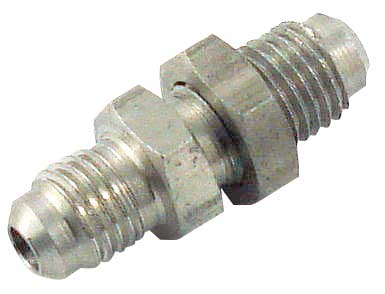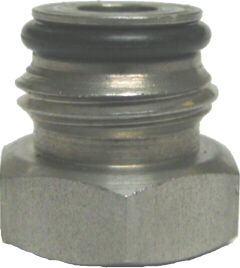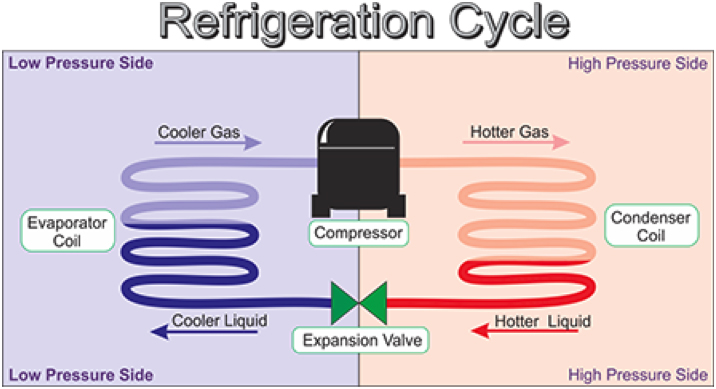Morrey
Well-Known Member
I picked up a used Holiday 7 cf chest freezer and have been using it for lagering and fermentation with an Inkbird. I have been carbing with a 5# tank inside the freezer, but I'd prefer to be using my 20# CO2 tank outside. I'd need to drill a hole for the gas line, so was wondering if there is anything I need to be aware of before I started drilling? I plan to drill about center of the side wall, and I hope this won't hit anything vital like a carotid artery! LOL. Seriously, do these types of freezers have cooling coils that surround the inside chamber hidden in the side walls?
Once the hole is complete, should I just use some silicone caulk to prevent cooling loss inside?
Once the hole is complete, should I just use some silicone caulk to prevent cooling loss inside?


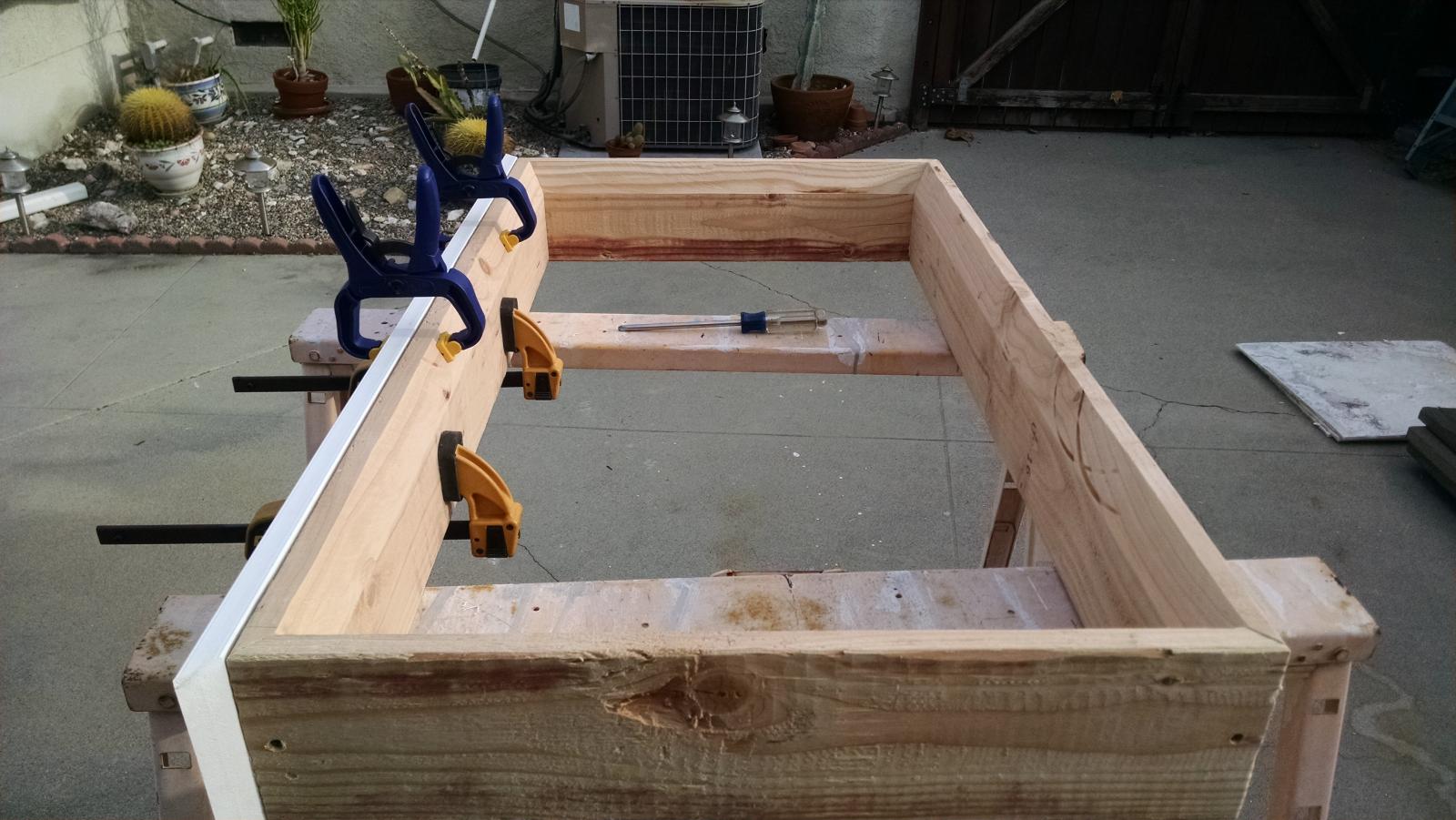
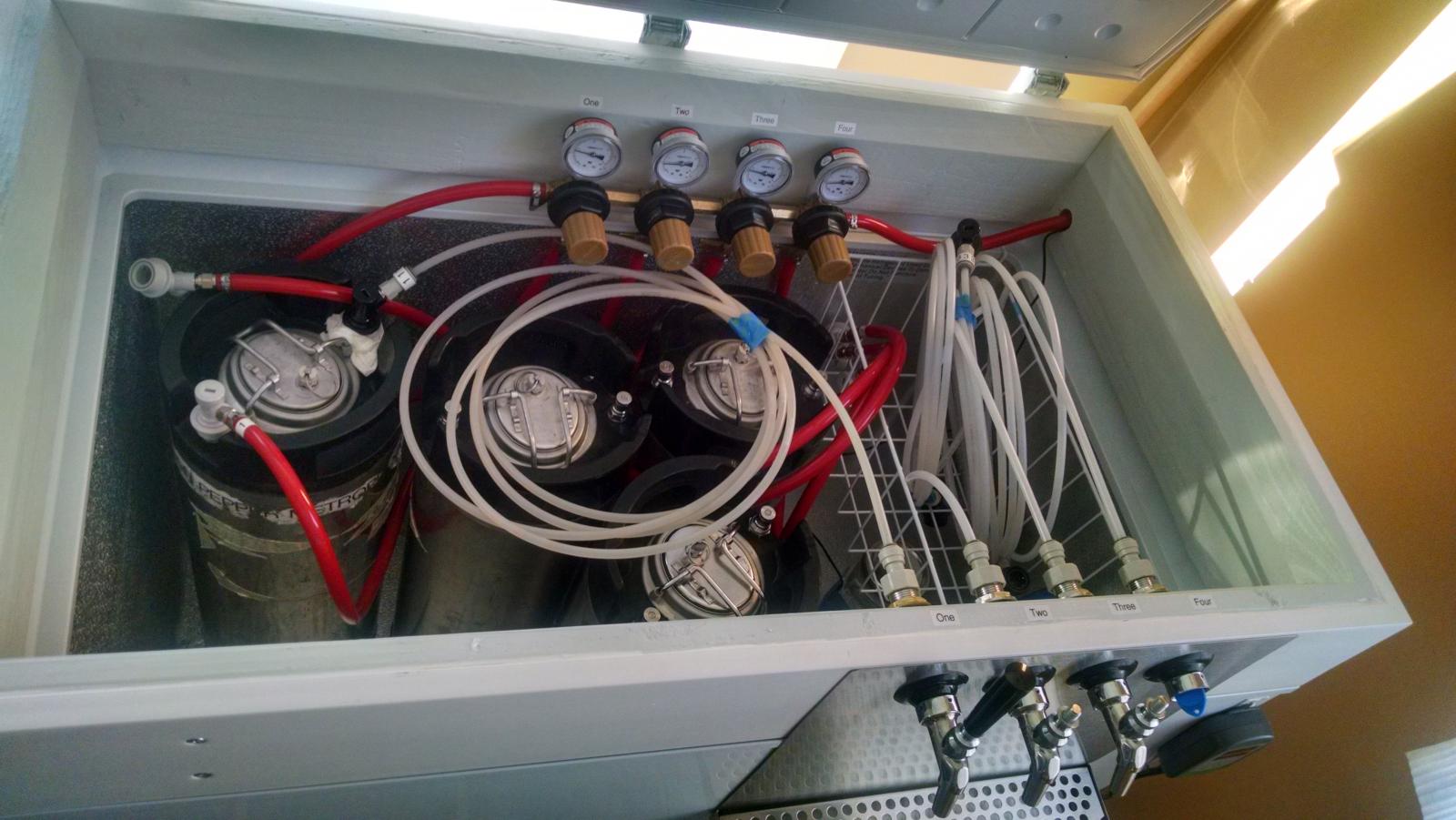



































![Craft A Brew - Safale S-04 Dry Yeast - Fermentis - English Ale Dry Yeast - For English and American Ales and Hard Apple Ciders - Ingredients for Home Brewing - Beer Making Supplies - [1 Pack]](https://m.media-amazon.com/images/I/41fVGNh6JfL._SL500_.jpg)























